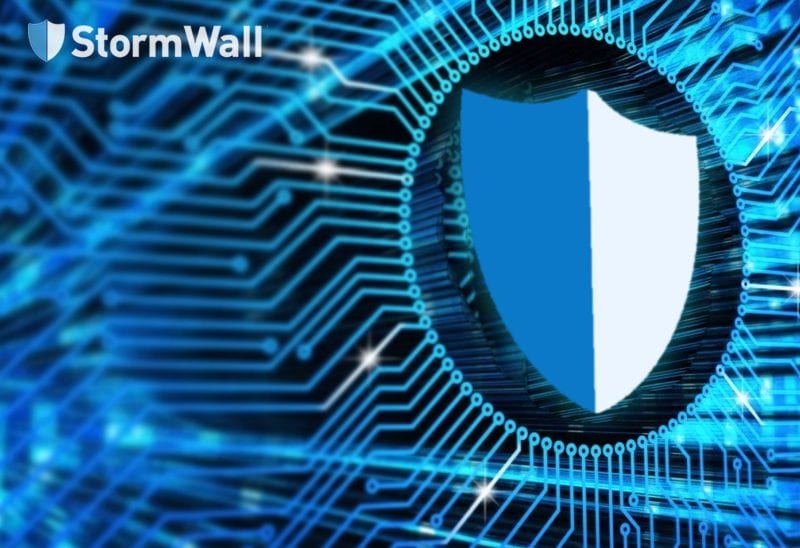How much time do you really need to connect DDoS protection?

A distributed denial-of-service attack (DDoS attack) is an attempt to overwhelm a website or online service with traffic from multiple sources in order to make it unavailable for users. Online retailers are completely dependent on the Internet which makes them especially vulnerable to cyberattacks. Even short periods of downtime can be devastating for online stores. Hackers can do a lot of damage to a website: sales and profit lost, increased chargeback costs, ransom payments etc. Fortunately, business owners can protect their websites from hacking and the catastrophic consequences of a DDoS attack. Most website owners try to resolve a DDoS attack without external help, and, where that does not work, seek a protection services provider to connect a professional DDoS protection solution. However, some business owners manage to stop a DDoS attack. Why do some companies need help and others not? How long does it really take to connect DDoS protection?
Scenario 1: a website owner connects a professional protection solution
Let’s imagine that there is an online store selling clothes. One day its owner notices that at first his site starts working slowly and then shows an error (502 bad gateway, 503 service temporarily unavailable). What actions are normally taken in such situations?
1. At first the client does not understand why the site shows an error. It takes about two hours to discover the cause of the problem
2. Then he realizes that a DDoS attack is happening and tries to figure out how to stop it on his own. It usually takes two or three more hours.
3. When the owner of the internet-store understands that he can not handle the problem himself due to lack of capacity and also because he is not ready for such a situation in general, he starts looking for a protection services provider. He tries to obtain a DDoS protection solution and suddenly it turns out that he needs to update the DNS and it will take more time (it can be minutes, but also it can be hours).
As a result, the consequences of one-day downtime can be loss of: revenue, new opportunities, clients and reputation.
Despite the apparent simplicity of DDoS protection it will take several hours or a whole day to implement a professional website protection solution. That is why it is important to have DDoS protection before problems happen.
Scenario 2: what a website owner can do on their own
If the website owner has enough resources, capacity and knowledge, they can try to stop an attack on their own. Let’s consider the basic counter measures if an attack happens.
There are different types of DDoS attacks but in general, there are two main ones: at the packet level and at the application level.
Key recommendations if you observe an attack at a packet level (L3-L4)
- Examine the attack power – can you possibly mitigate it without external help?
- Capture the attacking traffic and check what protocols are used for the attack (using Wireshark, tcpdump or similar tool). Try to find out if it is possible to block these protocols on higher-level equipment or with the help of your Internet Service Provider (ISP)
- If not, you have to analyze traffic (use built-in statistics tools in Wireshark) and find out if it is possible to block certain protocols/signatures or IP addresses from which the attack is carried out. It is worth remembering that a significant number of attacks at the packet level are carried out from arbitrary (generated) IP addresses
- Protect the server with firewall as much as possible closing all unused ports and limiting the number of requests from one IP address
- If an attack is carried out via TCP protocol, use TCP SYNPROXY, built into the Linux kernel, with the help of iptables
Recommendations to mitigate an attack at the application level – HTTP (L7)
You need to use all the above recommendations to mitigate an attack at a packet level plus some more advice:
- Check the optimality of settings of web-server (nginx or Apache)
- Analyze the requests you were attacked with – you can use web server logs. If attacks come from a limited number of IP addresses or have similar signatures, that differ from legitimate traffic, they can be blocked manually via the web server configuration
- Use fail2ban or manually automate the ban of addresses that violate “the rules”
- Use the “testcookie” module for nginx for an easy check of browsers for cookie support and HTTP redirect
There are different countermeasures against DDoS attacks. You can try to mitigate an attack yourself but it is important to remember that your resources (servers or Internet bandwidth) are limited. If the attacker’s resources exceed yours, you won’t be able to stop the attack yourself. You need to ask your ISP if they can stop a DDoS attack or urgently look for a company that specializes in this.
In conclusion
You can mitigate an attack on your own given that your infrastructure is ready for that and you have the necessary capacity to do it on your own. If the capacity of the attacker exceeds yours, your efforts will likely fail.
You can ask your ISP to mitigate the attack but this method does not guarantee solving the problem either. Not all ISPs have necessary resources and knowledge as DDoS protection may not be their specialization.
It is better to contact a specialized DDoS protection services provider in advance and set up professional protection before attacks happen.
